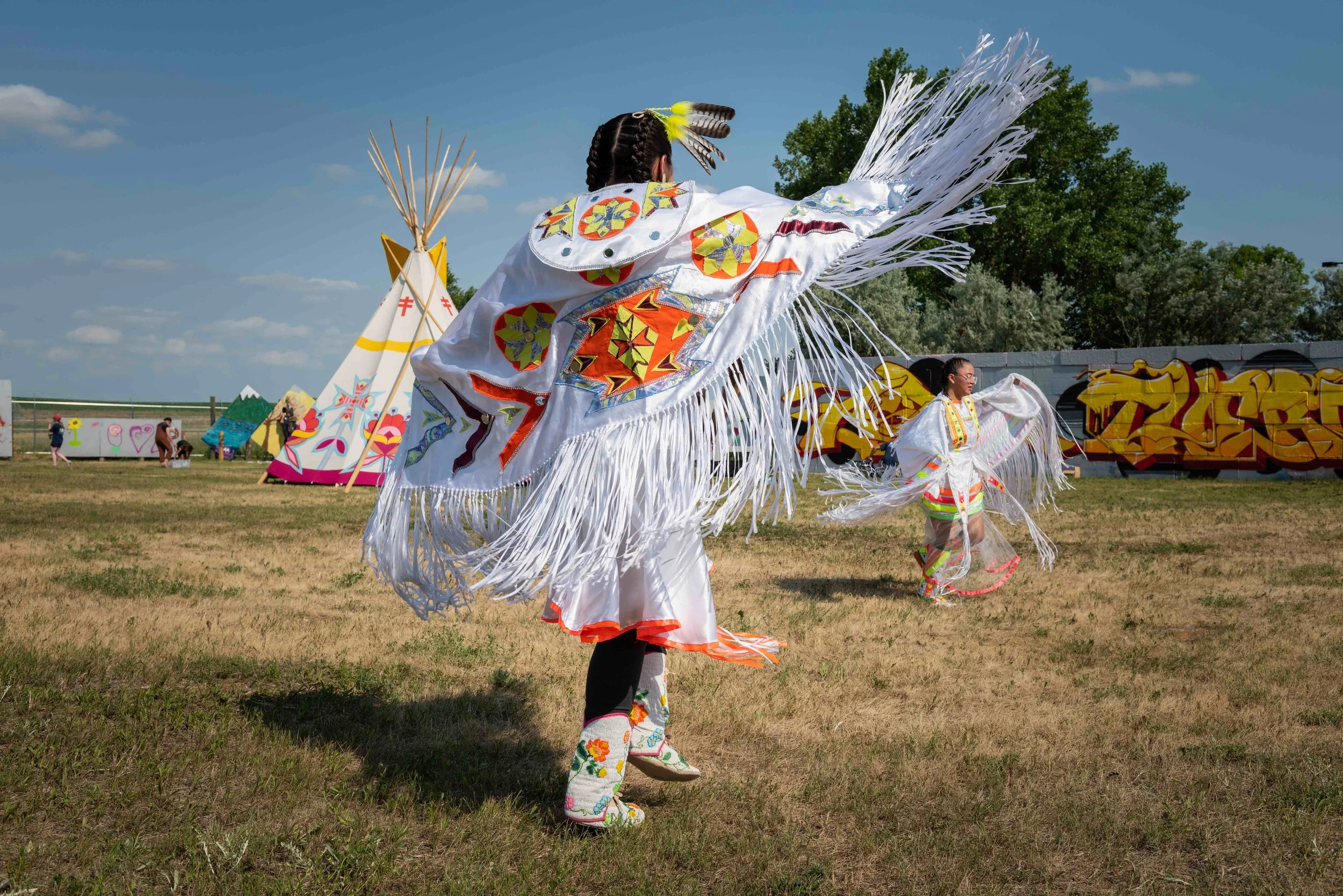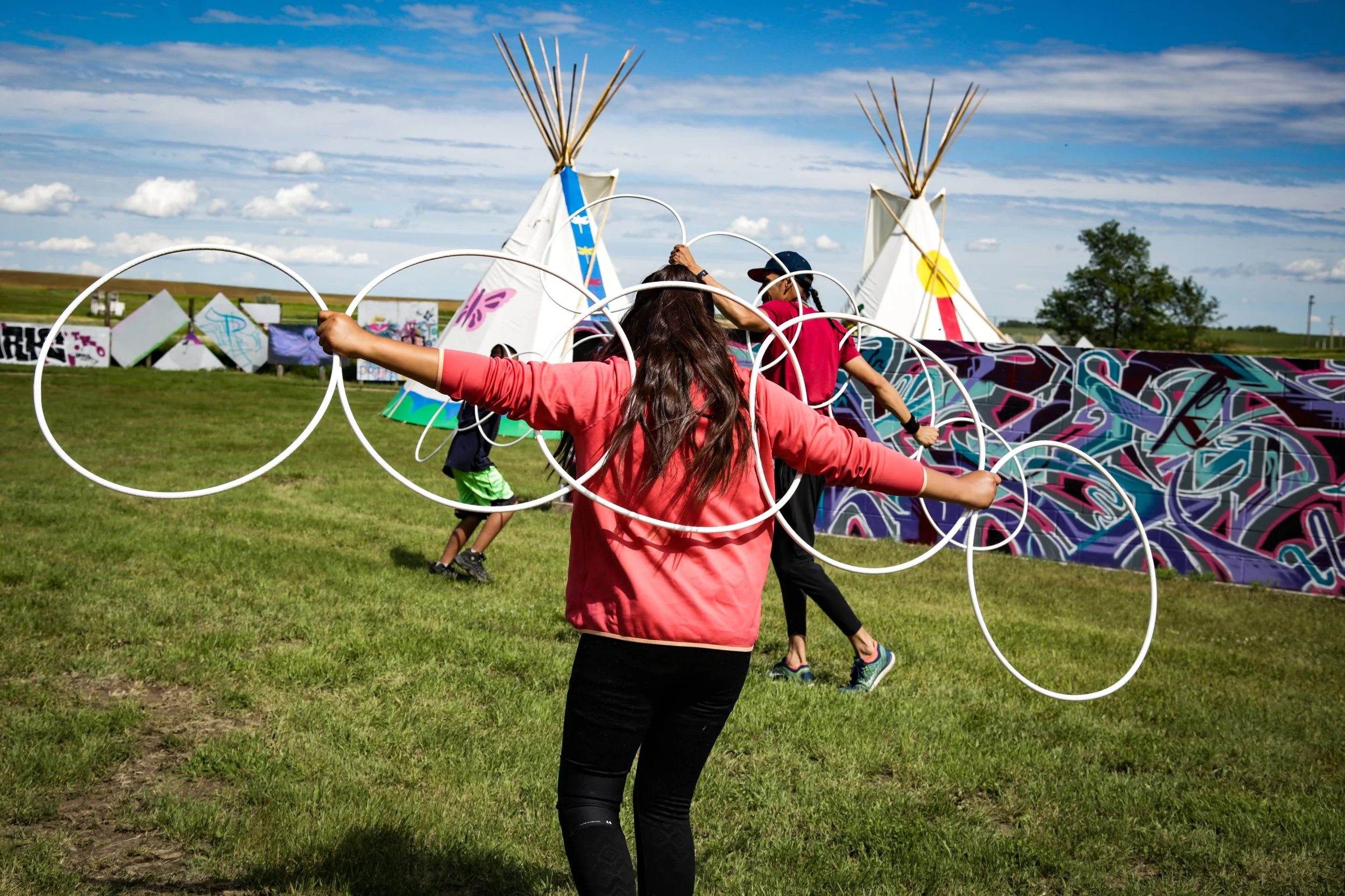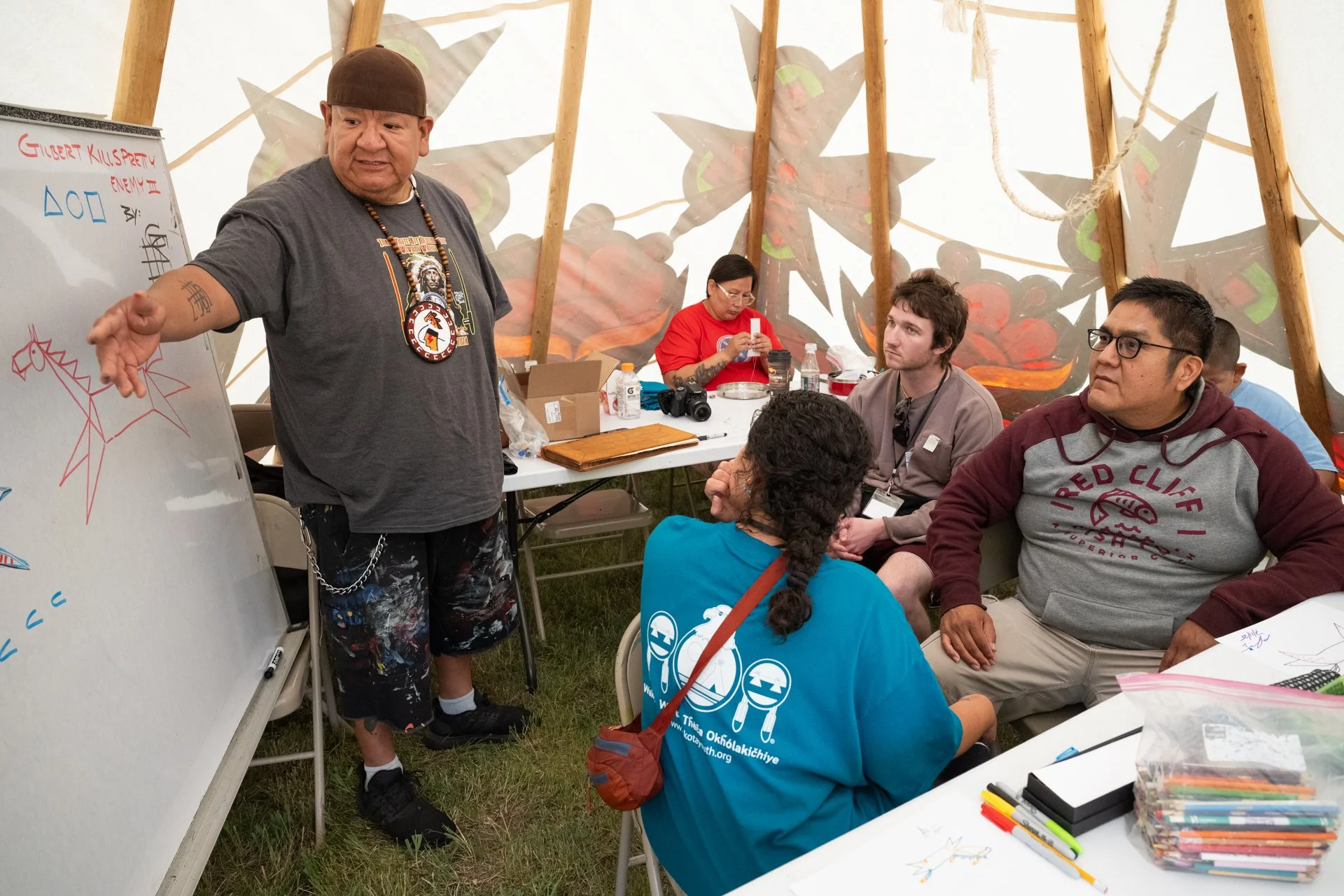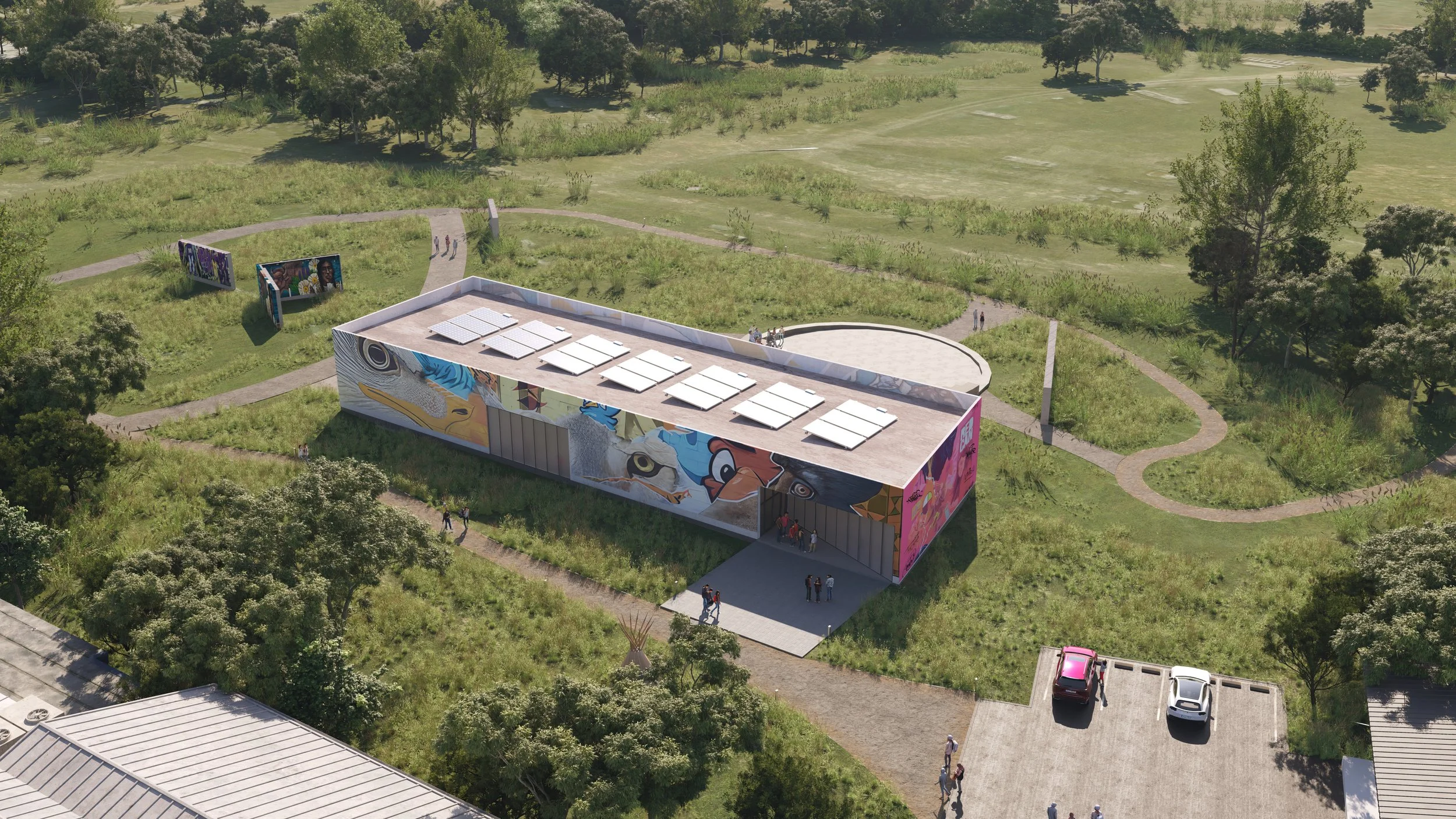Impact Spotlight
26 kW rooftop solar array and geothermal system to fully offset the building’s energy use
1,500 youth and community members accessing new arts and culture programming rooted in Lakota identity and climate justice
First-of-its-kind sustainability demonstration site on the Cheyenne River Reservation
About
Founded in 1988, Cheyenne River Youth Project (CRYP) is a Native woman-led nonprofit that provides culturally grounded education, wellness, and workforce development for youth on the Cheyenne River Lakota Sioux Reservation in rural South Dakota.
CRYP serves 1,000+ young people each year through afterschool programs, internships, and community events in Eagle Butte, the reservation’s largest community. In a region where access to creative opportunities, infrastructure, and renewable energy is limited, CRYP is building a future shaped by Lakota values, youth voice, and climate leadership. This project marks the next chapter in that vision.
“The new institute will serve as a [...] beating heart, a contemporary winter count where we mark our own years, tell our own stories, learn our language, create our own narratives, and keep our history alive for future generations. Knowing it was built with care for Unci Maka (Grandmother Earth) will give the space a special feel that we hope will be felt by all who visit and access programming there.”
HF Partnership
CRYP is expanding its Art and Culture Institute with a 7,000-square-foot net-zero energy facility, powered by a 26 kW rooftop solar array and a 12-well geothermal heating and cooling system. The new building will house pottery and screen-printing studios, a recording studio, a photography lab, multimedia classrooms, and a gathering space for workshops and cultural programming. Solar will power all lighting, HVAC, appliances, and art equipment—including kilns, dryers, and sound gear. CRYP will also integrate solar education into its Teen Internship Program, exposing Lakota youth to green careers and the power of community-built infrastructure rooted in Lakota values.
The project demonstrates sustainable design in a high-plains, semi-arid climate and models how Indigenous communities can lead climate resilience efforts.
In the News










